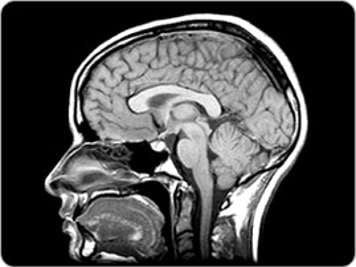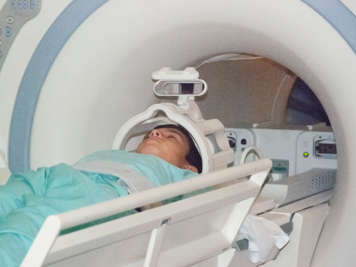What is an MRI?

MRI stands for magnetic resonance imaging. These scans use a strong magnet instead of X-rays to make a picture. MRIs give a very clear picture of the inside of your body and are very useful for looking at:
- the brain
- muscles and bones
- most tumours
MRIs are very noisy, but they do not hurt. There is no radiation with an MRI scan.
How are MRIs done?

The MRI machine is a big round or square machine with a tunnel in the middle. You will need to change into a hospital gown. Because the machine is a big magnet, you will need to take off any metal (such as jewelry) and tell the doctor or nurse if you have any metal inside your body (for example braces or from a surgery).
You will lie on a bed that will slide into the tunnel for the scan. This can be hard, especially if you are nervous or in pain or you do not like small spaces. If you are worried about lying still inside the tunnel, talk to your doctor or nurse before the day of the scan. They can suggest distraction techniques to help you through it or they may be able to give you some medicine that will help you relax.
The MRI will make a lot of loud banging noises while it takes the pictures. You may need to wear ear plugs or you might be able to bring in your own music to listen to.
An MRI can take between 30 minutes and two hours.
Contrast MRIs
Sometimes an MRI needs something called contrast medium to help the doctor get a clearer picture. This is a liquid that goes into your vein through an IV. This makes different body parts easier to see in the picture.
MRI results
A radiologist will look at the pictures from the MRI and will then talk to your doctor. Your doctor will tell you and your family what the pictures showed. It can take a few weeks to get the results.






